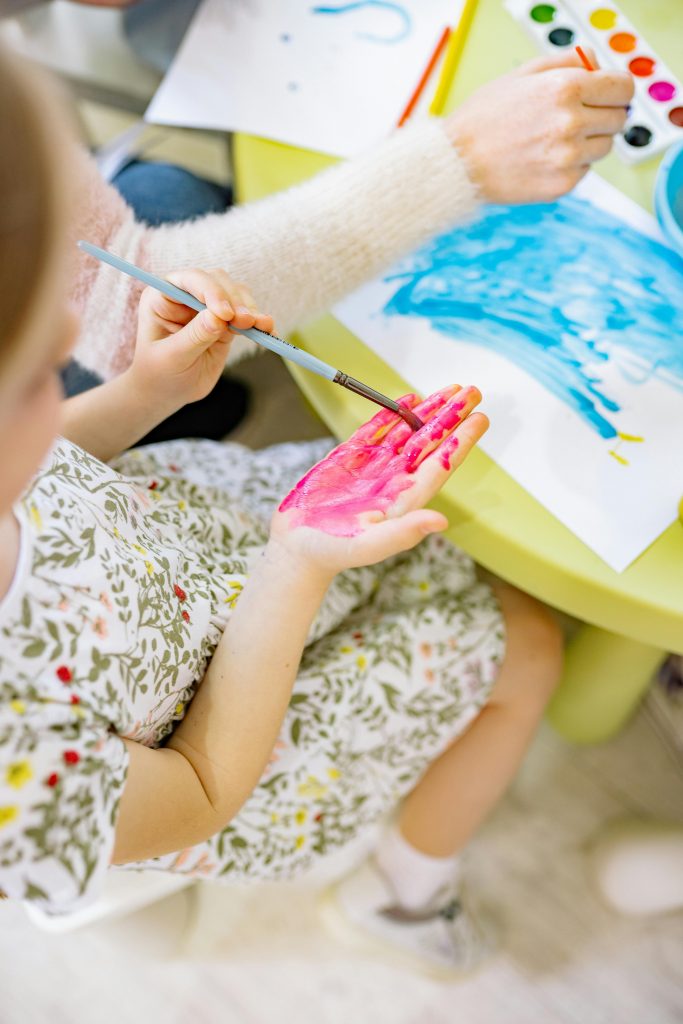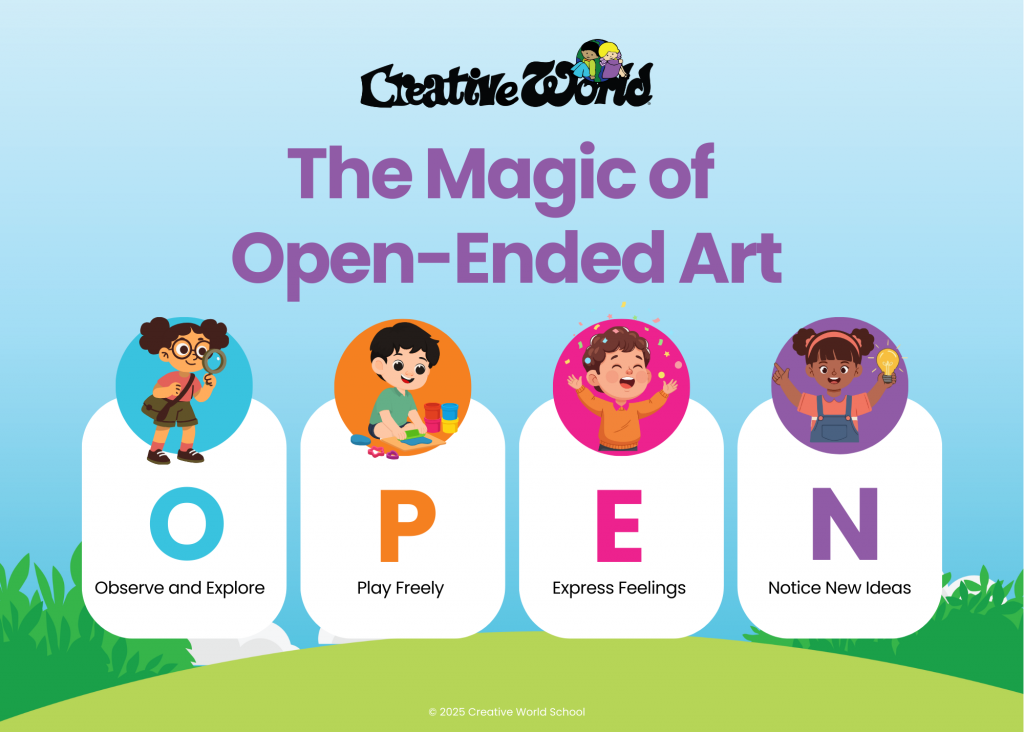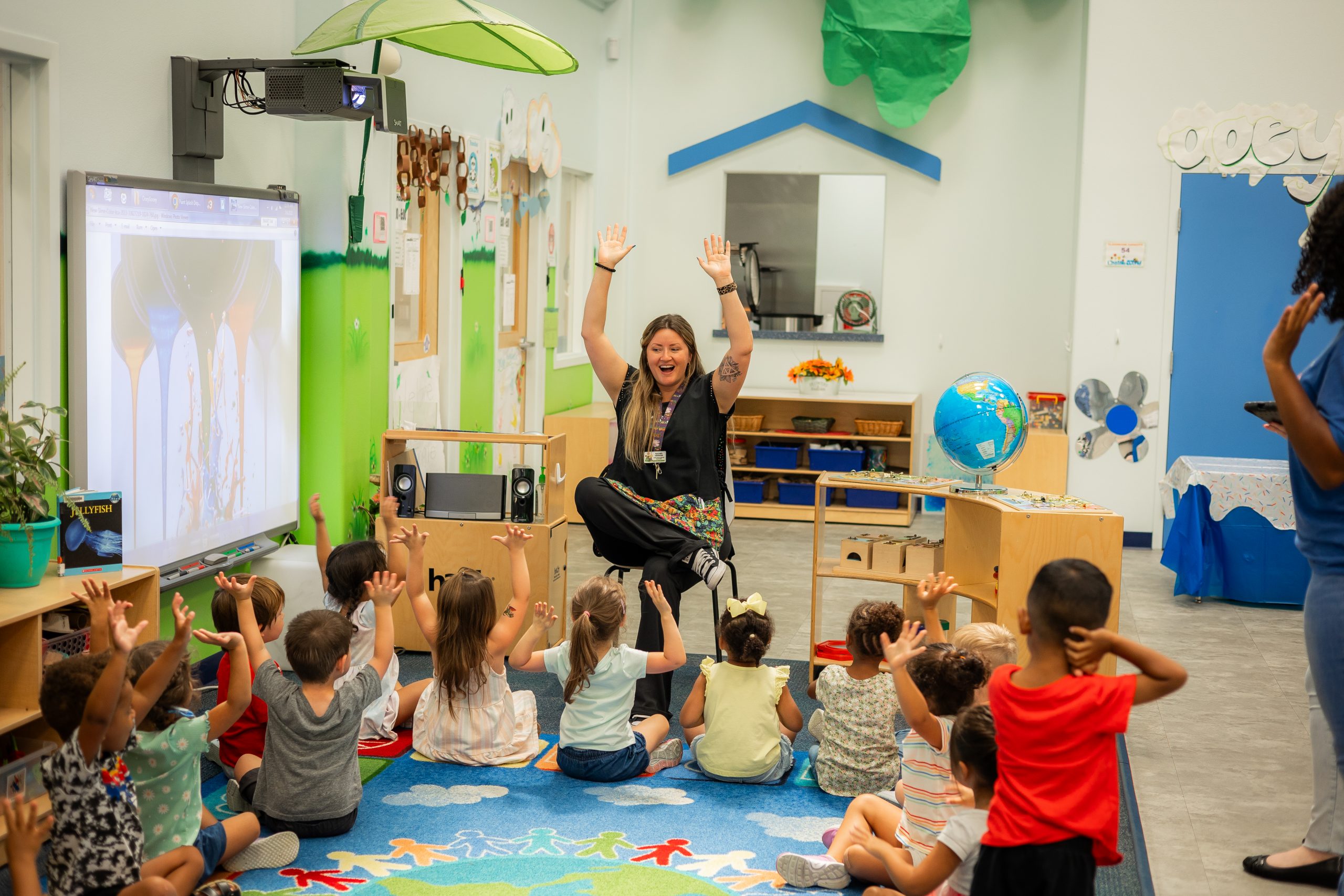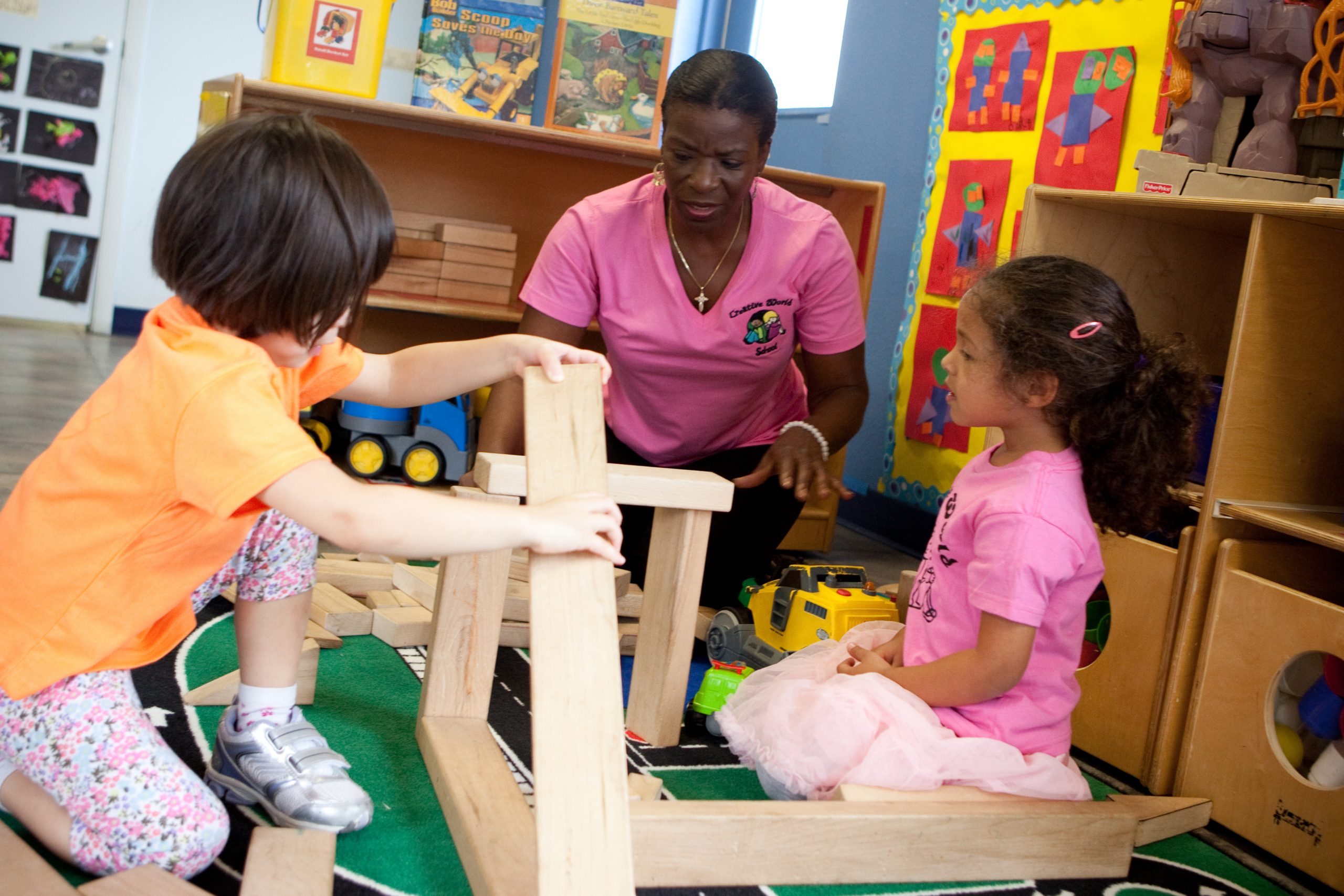
The Power of Open-Ended Art: Sparking Creativity in Preschoolers
Creative world school Nov 11, 2025Ever hand your preschooler a paintbrush and watch their imagination take over? One minute it’s a rainbow. The next, it’s a dinosaur parade or a rocket headed to space. That’s the beauty of open-ended art. There are no rules, no perfect pictures, and no wrong answers.
Open-ended art is all about the process, not the product. When kids are free to explore colors, textures, and materials, they’re building confidence, problem-solving skills, and a love of discovery. Kids don’t need step-by-step directions. They need space, encouragement, and a little mess.
Keep reading to learn why open-ended art matters, how to set up creative spaces at home, and a few fun art ideas that’ll help your child express, imagine, and grow.

Why Open-Ended Art Matters
Open-ended art gives kids a chance to think, explore, and make choices. When your child decides how to mix colors or what shape to cut, they’re learning independence and confidence. Every squeeze of clay and swipe of a brush builds fine motor skills, which later support writing, self-care, and focus.
It’s also an incredible emotional outlet. Preschoolers feel big feelings but don’t always know how to explain them. Art gives them a safe way to express whatever’s inside. A bold swirl of red might show excitement. A calm wash of blue might show peace. Every creation tells a little story about how they feel.
Mistakes are part of the magic too. If paint drips or paper tears, kids learn to keep going. They might turn a “mistake” into something even better. Books like Beautiful Oops! by Barney Saltzberg and The Dot by Peter H. Reynolds show children that creativity isn’t about perfection—it’s about trying, experimenting, and discovering something new.
How to Encourage Creativity in Preschoolers
Start by creating a “yes space” for art, somewhere your child can make a mess and explore freely. Offer simple supplies like crayons, paper, scissors, and glue. Add in recycled materials like boxes, bottle caps, or fabric scraps. Then step back and let your child lead.
When they ask, “Do you like it?” try saying, “Tell me about your picture.” That keeps the focus on their ideas, not your approval. Praise the effort instead of the outcome with comments like, “You worked hard on that” or “I love how you mixed those colors.” These small moments build confidence and help kids see themselves as artists in their own way.
Reading together can spark creativity too. Try Mix It Up! by Hervé Tullet, a playful color-mixing story that makes kids want to grab the paints right away. Not a Box by Antoinette Portis* is another great choice that reminds children that imagination can turn anything into something amazing.
And for you, the parent, a few inspiring reads can help keep creativity alive at home. The Creative Family Manifesto by Amanda Blake Soule shares simple ways to weave art into everyday life.

Open-ended art should feel easy, fun, and full of discovery. Here are a few ideas your child will love.
1. Paint with Everyday Objects
Skip the brushes for a day. Try painting with sponges, toy cars, leaves, or even kitchen tools. Each one makes a different texture or shape.
2. Recycled Collages
Save scraps of paper, cardboard, and fabric. Offer glue, scissors, and freedom to experiment. There’s no right way to create—it’s all about exploring.
3. Nature Prints and Patterns
Take a short walk to collect leaves, flowers, and sticks. Back home, use them for stamping or tracing. Nature offers the best art supplies around.
4. Mess-Free Color Mixing
Mix two paint colors into a sealed plastic bag. Let your toddler squish, press, and swirl to see what color they can make.
5. Clay and Dough Sculptures
Set out soft clay or homemade dough. Let your child roll, flatten, or sculpt whatever comes to mind. It’s creative play that builds fine motor strength too.
Each of these activities invites imagination, independence, and sensory fun—all the good stuff kids need to grow creatively!
https://www.youtube.com/watch?v=4MQkbUKUjFI
Creative Play Beyond the Art Table
Art doesn’t only happen with paint and paper. Building with blocks, playing dress-up, or pretending to cook are all forms of creative play too. You can blend art and pretend play by having your child draw a treasure map before a backyard hunt or decorate a box to turn it into a rocket ship. These small projects combine storytelling, problem-solving, and design.
Music and movement are powerful creative tools too. Try playing a song and asking your child to draw what they hear. Fast music might inspire wild zigzags. Slow music might turn into soft circles. It’s a simple way to connect art, emotion, and rhythm.
If you’re looking for a parenting resource that explains how open-ended experiences build a child’s brain, The Whole-Brain Child by Daniel J. Siegel and Tina Payne Bryson is a great pick. It breaks down how play, imagination, and connection help kids learn and grow emotionally.

Why Free Expression Matters
Free expression in art reminds children that their ideas are valuable. When they can create without worrying about doing it “right,” they build confidence and independence. That sense of creative freedom carries into everything they do, from solving problems to making friends and trying new things.
Open-ended art also supports empathy and understanding. When children see that everyone’s art looks different, they learn to appreciate unique ideas. They discover that creativity isn’t about comparison but about sharing their own perspective.
Most importantly, free expression helps kids process emotions in healthy ways. When they use art to work through big feelings, they build resilience and learn that self-expression can calm, comfort, and heal.
Display their artwork proudly or snap photos to create a digital gallery. It shows your child that you value their creativity and reminds them that every brushstroke and scribble matters.

Creativity Lives Here
At Creative World School, creativity is part of everything we do. In our signature Exploratorium™, children dive into hands-on, open-ended experiences that spark curiosity and imagination. This vibrant space is designed for discovery, filled with materials that invite little learners to create, question, and explore.
Every swirl of paint, every glued-together sculpture, and every burst of color tells a story of growth and wonder. When children create freely, they learn to think for themselves, take pride in their work, and trust their imagination. That’s the kind of confidence that lasts long after the paint dries.
Come see how our Exploratorium™ and classrooms nurture creativity every day. Find your nearest Creative World School and schedule a tour today.






